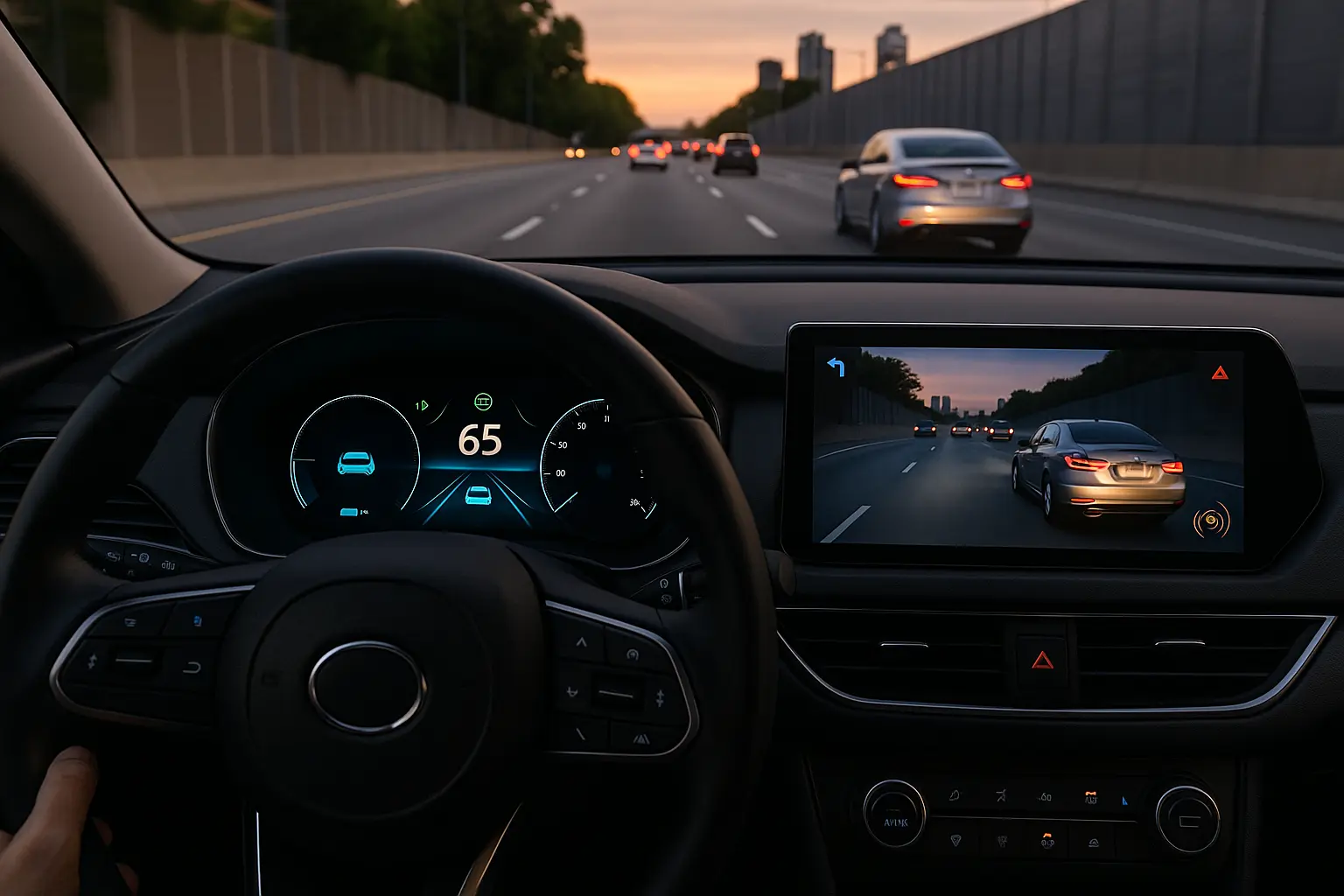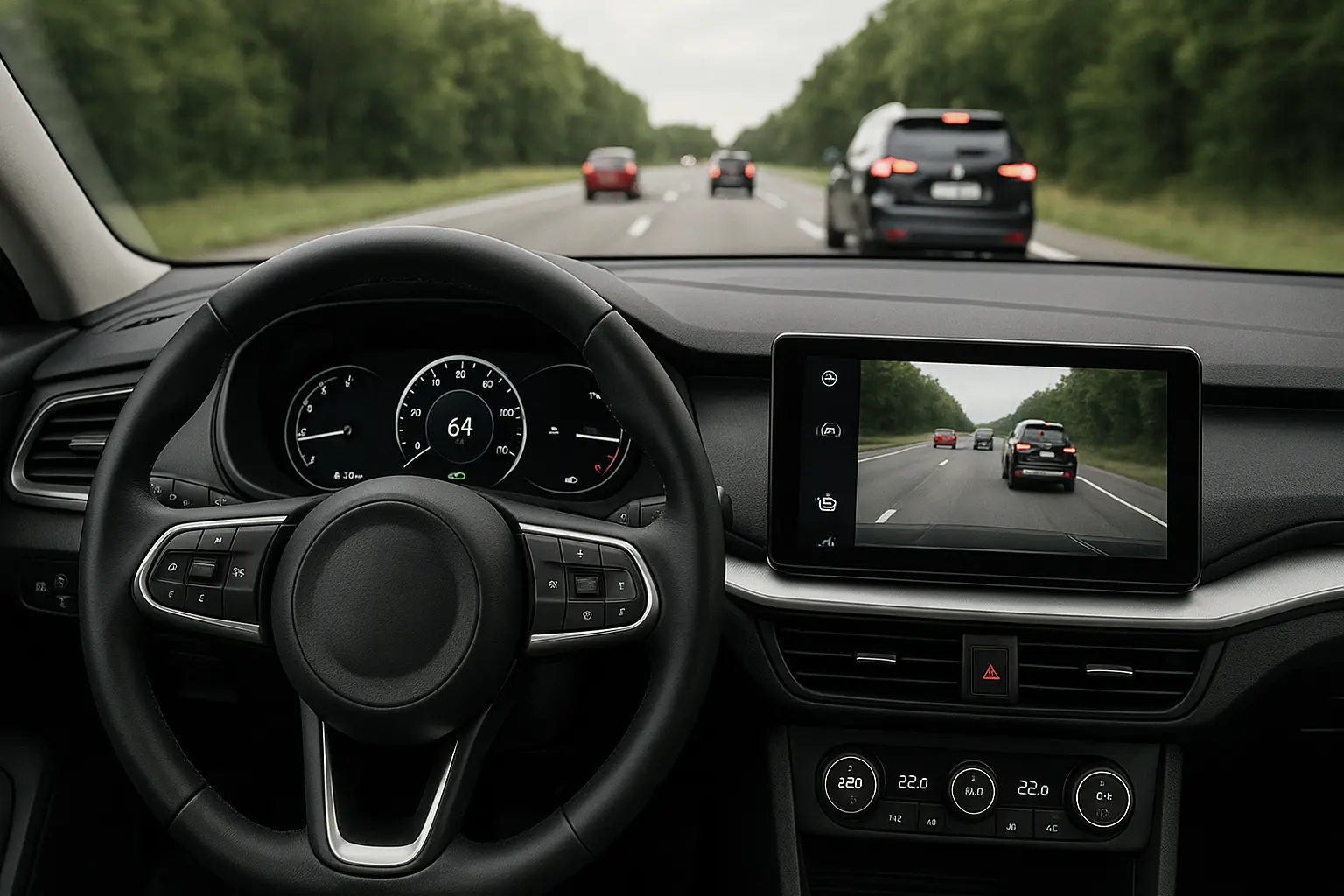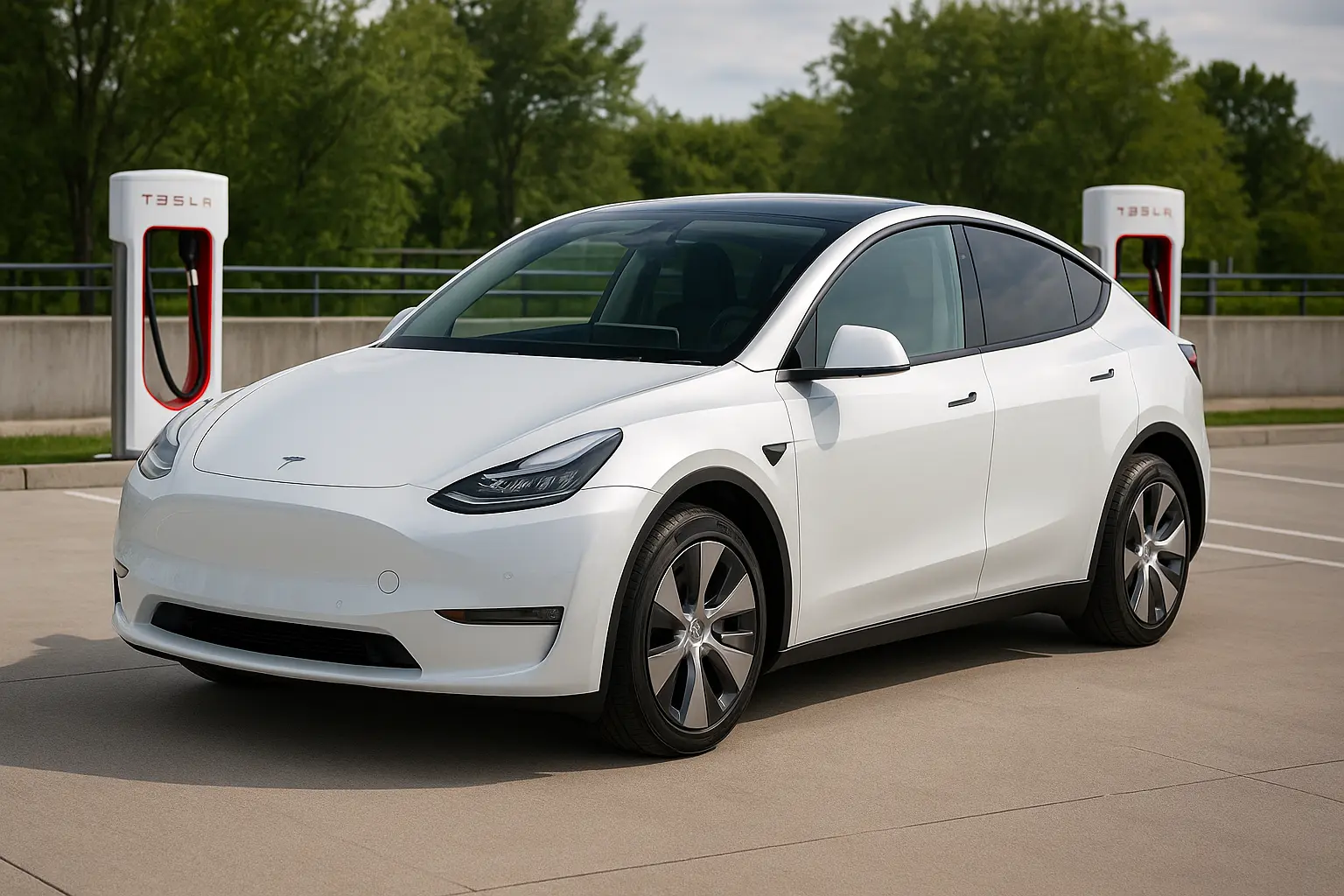🚗 Must-Have Safety Features in 2025 Cars – What to Look For

Introduction: Why Safety Features Matter More Than Ever in 2025
Car safety isn't just about seatbelts and airbags anymore. In 2025, the vehicles rolling off showroom floors in Australia are loaded with intelligent safety tech aimed at preventing accidents before they happen. With an increasing focus on crash avoidance systems, regulatory standards, and a consumer-driven shift toward safer vehicles, it’s critical for buyers to understand what safety features are essential in this new age of mobility.
Whether you're buying your first car, upgrading to a family SUV, or switching to an EV, knowing which safety systems are non-negotiable can literally be a lifesaver.
Let’s break down the car safety checklist every Aussie buyer should use when shopping for a new vehicle in 2025.
🛑 1. Autonomous Emergency Braking (AEB)
What It Does:
AEB detects potential collisions with cars, pedestrians, or cyclists and automatically applies the brakes if you don’t.
Why It’s Essential in 2025:
Nearly all new vehicles sold in Australia now come with AEB as standard. It’s proven to reduce rear-end crashes by up to 50%, according to ANCAP.
What to Look For:
Pedestrian and cyclist detection
Intersection assistance (for turning at cross-streets)
Low-speed and high-speed AEB variants
👀 2. Blind Spot Monitoring (BSM)
What It Does:
Warns you if another vehicle is in your blind spot, especially useful during lane changes.
New Advances in 2025:
Some models now offer active BSM, which not only warns you but gently steers you back into your lane if you attempt a dangerous move.
Why It’s a Must-Have:
Crucial for highway driving and merging
Especially helpful in SUVs with large C-pillars
Adds an extra layer of protection in city traffic
🔄 3. Rear Cross-Traffic Alert (RCTA)
Function:
When you're reversing, RCTA detects cars, bikes, or pedestrians approaching from the sides—especially useful in shopping centres or driveways.
2025 Enhancement:
Some cars now include automatic braking if you don’t respond in time.
⚠️ 4. Forward Collision Warning (FCW)
What It Does:
Alerts you when you're closing in on the car ahead too quickly.
Best Used With:
AEB – While FCW warns you, AEB will act if you don’t.
Tip:
Look for systems that use both radar and camera sensors for higher accuracy.
🧠 5. Lane Keeping Assist (LKA) & Lane Departure Warning (LDW)
Definitions:
LDW: Alerts if you unintentionally drift out of your lane
LKA: Gently steers the car back into its lane
Why It’s a Game-Changer:
On highways or during fatigue, LKA can prevent unintentional lane drifts and potential collisions.
🚘 6. Adaptive Cruise Control (ACC)
What It Does:
Maintains your speed but also adjusts to keep a safe following distance from the car in front.
Ideal For:
Long-distance drivers, frequent commuters, and anyone who hates stop-and-go traffic.
2025 Upgrade:
Many vehicles now come with stop-and-go ACC, which can bring your car to a full stop and start again automatically in traffic jams.
🔁 7. 360-Degree Surround View Camera
Functionality:
Gives you a bird’s eye view of the car’s surroundings using multiple cameras.
Ideal For:
Parking in tight spots
Avoiding small objects or pets around the car
Preventing bumper scrapes
Bonus:
Some cars even offer 3D augmented views and remote control via smartphone.
👨👩👧 8. Rear Seat Reminder Systems
Why It’s Important:
These systems remind you to check the rear seats before leaving the vehicle, helping prevent tragic hot car incidents involving children or pets.
Legislation:
This feature is becoming mandatory in many regions globally and is now common in family SUVs and sedans in Australia.
🧠 9. Driver Attention Monitoring
What It Does:
Detects signs of drowsiness or distraction, such as lane weaving or lack of steering input.
Alerts:
Usually a chime or dashboard message like “Take a break?”
2025 Trend:
Advanced systems now use facial recognition and eye-tracking cameras to monitor alertness.
🌐 10. Connected Emergency Services (eCall)
What It Is:
If your car is in a serious crash, it will automatically notify emergency services and send your location.
Benefits:
Faster response times in remote areas
Peace of mind for rural and long-distance drivers
📡 11. Traffic Sign Recognition
Purpose:
Reads and displays road signs like speed limits and no-entry zones on your dashboard.
2025 Highlight:
Many models now adapt vehicle speed automatically in response to detected signs if you're using cruise control.
🧩 12. Intersection Assist & Turn Assist
What It Adds:
Detects cross-traffic at intersections
Stops you from turning if another vehicle or pedestrian is detected
Ideal Use Case:
Urban areas with complex traffic patterns or multiple pedestrian crossings.
🅿️ 13. Parking Assist Systems
Features:
Auto-park for parallel or perpendicular spaces
Park exit assist
Memory parking for garages or driveways
2025 Advancements:
Higher-end models now let you park remotely via your phone, ideal for tight urban spaces.
💡 14. Matrix LED or Adaptive Headlights
What It Does:
Automatically adjusts beam patterns based on oncoming traffic, weather, or road curvature.
Benefits:
Better visibility
No glare for other drivers
Improved safety during night-time rural driving
🔓 15. Safe Exit Warning Systems
Function:
Alerts passengers opening a door if a cyclist or car is approaching from behind.
Why It Matters:
Helps reduce “dooring” accidents, particularly in urban cycling areas.
🛞 16. Tyre Pressure Monitoring System (TPMS)
Role:
Monitors tyre pressure and alerts you to under-inflation or slow leaks.
2025 Standard:
Now integrated into most vehicles, especially in SUVs, EVs, and performance cars.
🔊 17. Enhanced Acoustic Alerts for EVs
Background:
Electric cars are quiet, which poses risks for pedestrians who may not hear them.
2025 Solution:
Most EVs now come with artificial sound generators to alert nearby road users at low speeds.
📋 Australian Safety Standards and ANCAP in 2025
Australia’s independent crash testing body, ANCAP, has continually raised the bar. In 2025, to earn a 5-star ANCAP rating, vehicles must include most of the features listed above.
Key ANCAP Criteria in 2025:
AEB (day & night)
LKA & LDW
Vulnerable road user protection
Occupant detection
Post-crash response capabilities
Tip for Buyers: Always check the ANCAP rating of any vehicle you're considering. A 5-star 2018 model isn’t the same as a 5-star 2025 model.
👪 Best Car Types by Safety Priorities
For Families:
Rear seat reminders
ISOFIX anchor points
360-degree camera
Advanced AEB and intersection assist
Safe exit alerts
Top Picks: Toyota Kluger, Subaru Outback, Hyundai Santa Fe
For Urban Drivers:
BSM
RCTA
Auto-parking
Traffic sign recognition
Top Picks: Mazda CX-30, Kia Niro EV, MG ZS EV
For Off-Roaders:
TPMS
Matrix LED lights
AEB with terrain detection
Top Picks: Toyota LandCruiser 300, Ford Everest, GWM Tank 300
💡 Final Thoughts: Making Safety a Priority in 2025
Car safety in 2025 goes far beyond airbags and crumple zones. With smarter tech, better connectivity, and evolving crash standards, Australians have access to vehicles that work actively to prevent accidents—not just protect you from them.
If you're buying a new or used car in 2025, use this guide as your car safety checklist to ensure you're investing in not just a ride—but peace of mind.
✅ Summary Checklist: Safety Features to Look for in 2025
✅ AEB with pedestrian & cyclist detection
✅ Blind Spot Monitoring
✅ Rear Cross-Traffic Alert with braking
✅ Adaptive Cruise Control with stop-and-go
✅ Lane Keep Assist & Lane Departure Warning
✅ Driver Attention Monitoring
✅ Traffic Sign Recognition
✅ Parking Assist & 360° Cameras
✅ Safe Exit Assist
✅ Matrix or Adaptive Headlights
✅ eCall connected emergency response
✅ TPMS and EV acoustic alerts
Let your car do more than just drive—let it protect you.
Stay alert. Stay informed. Drive safe.
Leave a comment
Your email address will not be published. Required fields are marked *




















